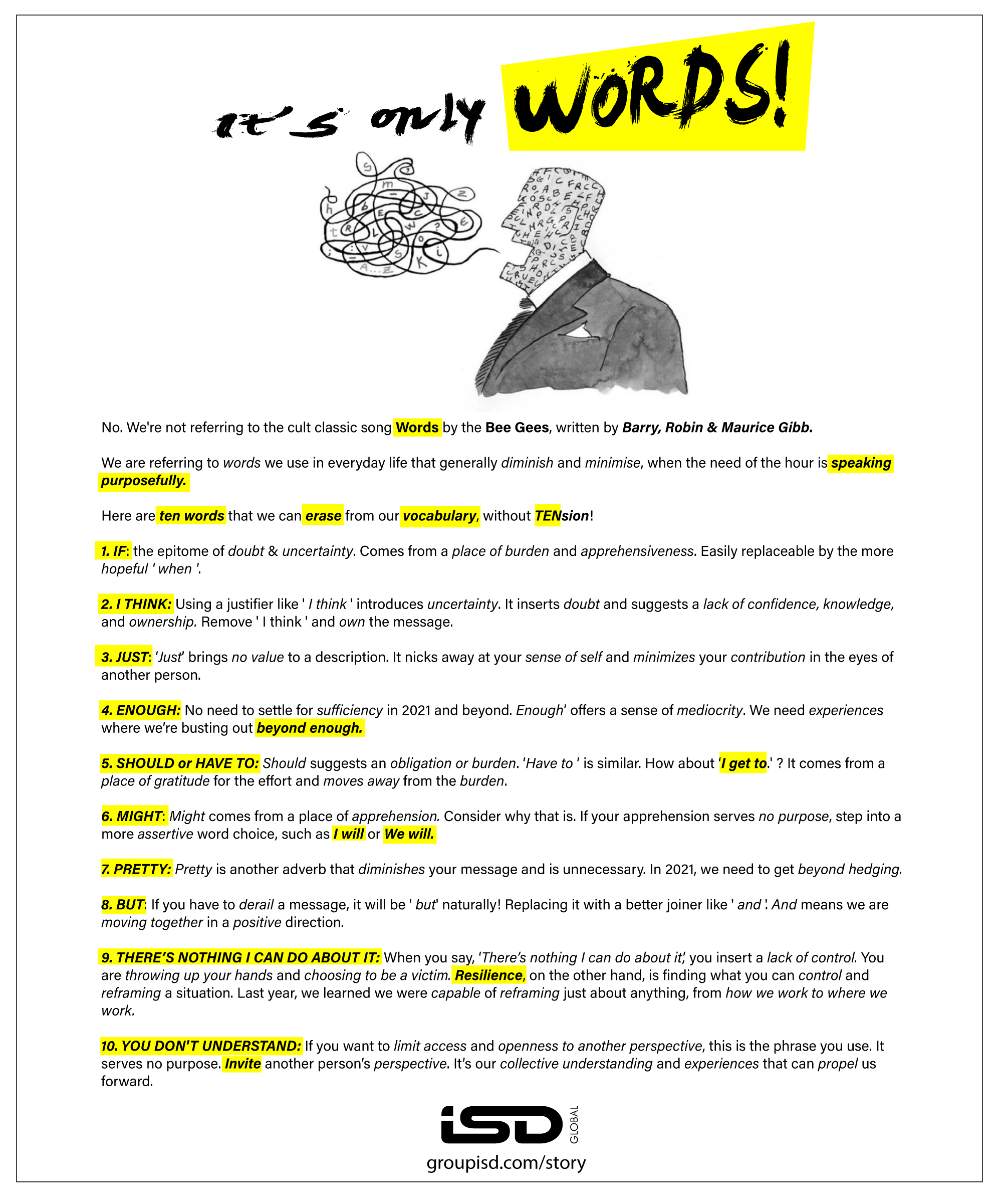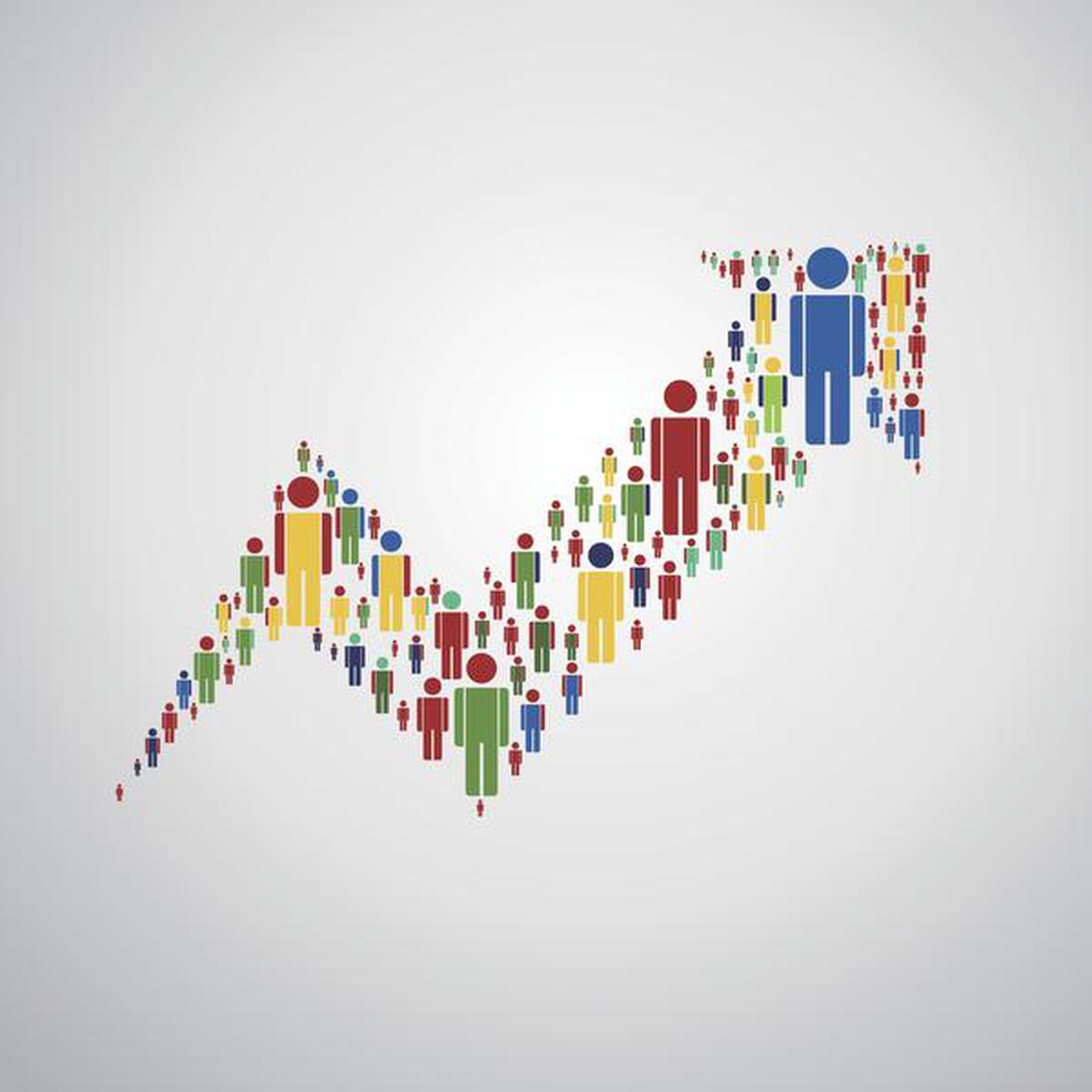Everyone loves a good story. Stories are a communal currency of humanity quoted Tahir Shah in Arabian Nights. And without wanting to sound far fetched, storytelling is our obligation to the next generation. Passing on the baton, if you may.

Distilled, actionable insights on branding, innovation, creativity, leadership, soul enhancement, marketing, advertising and design thinking
Everyone loves a good story. Stories are a communal currency of humanity quoted Tahir Shah in Arabian Nights. And without wanting to sound far fetched, storytelling is our obligation to the next generation. Passing on the baton, if you may.

” Your real competition is your distraction “– Anonymous
If you are reading this, amidst your deep immersive work, you shouldn’t be. This would seem weird coming from the guy who sent you this in the first place.
The achilles heel of our times: Staying focused and distracted by a lot of ideas.
We are living through a crisis of distraction. Plans get sidetracked, friends are ignored, work never seems to get done. Why does it feel like we’re distracting our lives away?
Donuts taste great when we are eating them. But we feel like shit some time after. We get a bit of short-term pleasure and long-term pain.
The two primary motivators of changing our behavior are:
Avoiding pain &
Experiencing pleasure
All the attention management strategies in the world will not work unless we feel the pain and the opportunity cost of distractions.
If anything, the world is becoming a more distracting place. Technology is becoming more pervasive and persuasive.
We all suffer from the shiny object syndrome. The thrill of the chase. And the after glow.
Our biggest obstacle is fighting our addiction with social media and the mobile phone.
Wasting time online, ironically consuming content about how to be a more prolific, successful creator.
Digital distractions create somewhat of a paradox. We get to avoid the pain of focusing on something that matters to us. And the dopamine hits we get from checking our emails or scrolling through our Instagram | Facebook feeds. That gives us a lot of pleasure.
But that little boost of pleasure becomes painful when we realise that we’ve wasted time on something that prevents us from accomplishing our real goals.
It’s hard to change anything until our motivation is strong enough. Before we can deal with our addictions to distraction, it is important to uncover our motivations.
A donut called distraction.
ENDS
Historically, brands and marketers have sworn its allegiance to demographics. Like the proverbial Tweddle Dee and Tweddle Dum. But there just might be a twist in the tale. As quoted by Trend Watching: “You’re not the only one who’s confused by consumer behavior. Consumers themselves aren’t behaving as they should “.
In a post demographic era of consumerism, is it time to throw out the traditional (and tried, tired, trusted and rusted) demographic models of consumer behavior?
Let’s look at some really interesting snippets that break all molds of convention:
In the US, women now account for 41% of the universe of video game players-STATISTA
Asilo Padre Cacique, a retirement home in Porto Alegre, Brazil, hosted an activity day for its elderly residents a few years ago, featuring a skateboard exhibition and graffiti artists. Yes, you read right: skateboard exhibition and graffiti artists.
“If you look at the list of the 1,000 favorite artists for 60-year-olds and the 1,000 favorite artists for 13-year-olds, there is a 40% overlap.”-GEORGE ERGATOUDIS (HEAD OF MUSIC, BBC RADIO 1)
All the above may seem disconnected but it does give us a peep into where consumerism is headed. And it is not at the happy intersection of demographic centered models which brands have comfortably honed over the past several decades. This is a new path to tread. Consumption patterns are no longer defined by ‘traditional’ demographic segments such as age, gender, location, income, family status and more. In this era of post demographic consumerism, brands are realizing that people across all age groups, across multiple markets are constructing their own identities and that too more freely than ever before.
Yes, we still do have our usual suspects: the early adopters of products and services that brands love: Young, affluent, influential, loves experimenting and burdened with lesser commitments. This (as is empirically proven) the ideal scenario.
But as more and more brands and marketers wake up to the new reality: that any and all revolutionary – or simply just compelling – innovations will be rapidly adopted by, and/or almost instantly reshape the expectations of, any and all demographics. Without bias or prejudice. One size need not fit all or it just could!!

The always on Society is now too fluid, ideas now too easily available, the market now too efficient, the risk and cost of trying new things now too low (led by the digital world, but increasingly the case for physical products too) for this not to be the case. Let us understand why.
Today’s consumers – of all demographics and in all markets – increasingly buy, source and use products and services from the same mega-brands: Apple, Facebook, Amazon (the technology sector is especially universal), IKEA, McDonald’s, Uniqlo, Nike and more.
The ubiquity and collective familiarity with these global mega-brands, when combined with the global reach of consumer information, has also created if not a shared consciousness then certainly a new level of POST-DEMOGRAPHIC shared experience for consumers, from 16 to 60 and beyond and from Boston to Beijing, Capetown to Melbourne, Mumbai to Miami.
So what should executives and brand marketers look at doing to come to speed with this new reality. Well, there are a few innovation opportunities waiting to be grasped:
-Fall in love with the new normal (which is not normal): Embrace and celebrate new racial, social, cultural and sexual norms.
-Let heritage not be a baggage: Be prepared to re-examine and even overturn your brand heritage.
-Inorganic demographic pollination: Go beyond your comfort demographic zones. Explore foreign demographics hitherto not tapped into for ideas and inspiration.
-Borrow from the Long Tail effect: Explore smaller niches of interest. There is serious potential resident there.
As we move into the future, successful products, services and brands will transcend and move beyond their initial demographics almost instantaneously. Brand executives who continue to attempt to navigate using demographic maps, with borders defined by age, gender, location, income will be under-prepared for the speed, magnitude, and direction of change.
There is no doubt that understanding consumers’ needs and wants remains critical (Consumer Insight & Market Research companies will go out of business otherwise, isn’t it?). However, it will be those that take a broad view and learn from innovations that are delighting consumers in seemingly dissimilar or even opposing demographics that will succeed, regardless of which ‘traditional’ demographic(s) they serve.
CAVEAT EMPTOR: There is a Great Demographic Reversal: Through Ageing Societies, Waning Inequality, and an Inflation Revival, post the pandemic.
Demographics(as we knew it) is dead. Long live demographics!!
ENDS
Suresh Dinakaran is Chief Storyteller at ISD Global, Dubai and Managing Editor, BrandKnew.
The Golden Cage? Probably yes.
Intrusion capitalism paves the way for what has been called the ‘ convenience economy ‘. And like billions around the world, we are almost comatosed into not only acceptance but to dig deep and stay there. The numbness of convenience, shall we say? And apart from the occasional murmur or a sporadic protest, life goes on.
We don’t have to go very far but look at a few examples. Let’s begin with one of the usual suspects-brands like Amazon, Amazon Prime and their accompanying eco system that touches the lives of millions of customers around the world every day. For about US$ 10 a month( if you are in the US), you get a vast pool of content, priority door step delivery at the most economical value for zillions of products. And with Alexa(another Amazon wonder) taking root as a serious tool for search and e commerce, the cesspool of dependence has only gone deeper and broader. Since there is no better reason( or a better alternative by far), we as customers are happy to be remain comfortably domiciled.
With 2.2 billion users every day around the world, Facebook is a monster drug(combining its repertoire of Whats App, Instagram users) and there is no saturation in sight as the time spent on these platforms seem to be only increasing. Data theft, brand safety, privacy intrusions etc have not stopped the eccentric growth of this juggernaut. Sometime back, the powers that be at Facebook actually mentioned that they are addressing the privacy and data theft concerns and they are prepared for a 95% success. Very recently, under pressure from several quarters, the commitment went up to 99%!!! It’s akin to an airline saying that we are 99% sure of our landings. 1% can be seriously debilitating and you don’t have to look further than the New Zealand shooting which went live to understand what I am trying to say. But, just like the case of Amazon, there is no mass exodus. On the contrary, the clamour to get in is only increasing. The absence of a viable, palatable alternative definitely helps the cause. People are staying put!
As Steven Van Belleghem espouses in his book Automation, AI and the Customer Experience , just as there is a mandatory audit of all corporations’ financial statements both internally & externally, there has to be a regulation in place calling for ‘ algorithm transparency ‘. Because, presently only the outcomes are understandable while there is no clarity on the inputs- especially the bias and the prejudice that gets fed into the codes to manipulate outcomes. I think this is a clarion call for a basic ‘ code of conduct ‘ and the earlier it gets put into place, surveillance capitalism will have some guard rails.
Till then, the (algo)rithm is going to get you! And it’s quite possible that you go blue in the Face(book).
ENDS
https://www.groupisd.com/story
https://www.brandknewmag.com
https://www.weeklileaks.com